- Home
- James Patterson
Cross the Line Page 7
Cross the Line Read online
Page 7
“Any danger of this place exploding?” I asked.
“Lots of potential danger,” Pitts said. “But now that we know what we’ve got, we’ll start shutting down the reactions. Then we’ll do an inventory and take the samples we need. We’ll call for a full team to dismantle the entire lab and store it for trial.”
Trial. I couldn’t begin to think how long it was going to take to investigate this case, much less bring the killers to court. Sampson and I headed toward a second air lock at the other end of the laboratory.
We went through it, and in the next twenty minutes we found the rest of the illegal drug factory as well as twelve more bodies. Five females, seven males of various races and ages. Twenty-two dead in all.
Three of the females were found in a packaging room with long stainless-steel tables, large mortars and pestles, digital scales, hundreds of boxes of zip-lock bags, and four vacuum-sealing machines. Six kilos of raw meth were piled on the table. Sampson figured there was at least twice that amount already wrapped, sealed, and boxed for delivery.
“If this were a case of assassins hired by rival drug lords, you’d figure they would have taken the drugs with them,” Sampson said.
“Maybe they were after money,” I said. “An operation this size has to be generating millions in cash.”
In the last room we found the cash. On a pallet, there were banded fifty-dollar bills, similar to the ones we’d seen at Edita Kravic’s place, stacked three feet high and wrapped in cellophane. Next to that were two guys in their mid- to late thirties wearing suits and ties. Both had been shot between the eyes.
“Has to be at least a million dollars right there, and they leave it,” Sampson said. “I don’t get it.”
“I don’t either,” I said.
“Revenge?”
“Maybe. Not one of the victims seems to have put up any kind of resistance. It’s as if every single one of them was surprised and killed with a single shot.”
“Which means suppressors on all the weapons.”
“Definitely.”
Sampson said, “Everything about this is scary smart and precise. The shooting. Picking up the brass. Sweeping as they left. The lack of a reason.”
“Oh, there’s a reason, John,” I said. “You don’t kill twenty-two people if you don’t have a damned good reason.”
Chapter
21
An hour later, in the full heat of the day, Bree stepped up in front of a bank of microphones outside the factory fences.
“I know this has been frustrating, but we wanted to give you accurate facts and it took time to gather them,” she said in a clear, commanding voice. “We are dealing with multiple homicides in the unstable environment of an extremely large methamphetamine lab. Twenty-two are known dead.”
Gasps went up. Reporters started bellowing questions. Screams of horror and grief gathered force in the crowd beyond the media throng.
“Please,” Bree said, holding up her hands. “The bodies have been stripped of identification. Someone out there knows someone who worked in this factory—a wife, a mother, a friend, a husband, a father, a son or daughter.
“If you’re that someone, we ask that you come forward to identify the body and help us understand who might be responsible for committing these cold-blooded killings and why.”
The media went nuts and bombarded Bree with questions. She kept calm and told them essentially the same thing over and over again.
“Well done,” I said when she walked away from the microphones after promising to update them on the hour.
“Just have to know how to feed them,” Bree said. “Bit by bit.”
No one came forward initially, not even those people openly grieving. Then the bodies started leaving the factory in black bags, and the massacre was real, and their loss was heartbreaking.
Vicky Sue Granger was the first to talk. In her late twenties, she looked devastated, and she said she was sure her husband, Dale, was in there.
“He work in the lab?” Bree asked.
“Shamrock City,” she said weakly. “That’s what they called it. If you were lucky enough to get inside, and you worked hard, the money just came pouring—”
She stopped talking. I guess she figured the less she said about illegal cash, the better.
I said, “Who was in charge?”
Mrs. Granger shrugged, said, “Dale got in through T-Shawn, his cousin.”
Other relatives started coming forward once we’d moved the bodies to an air-conditioned space at the medical examiner’s office. Family after family was forced to walk down the line of corpses lying in open bags on the cement floor. One man was looking for his eighteen-year-old son. Two girls were there for their older sister. A grandmother broke down in Bree’s arms.
Dale Granger was there. He worked in packaging and had taken a bullet to the chest. His cousin Tim Shawn Warren, a part-time bouncer at a strip club, was one of the muscular guys who’d been strangled outside.
Few of the relatives wanted to talk. The ones that did come up to us claimed to know little of what their loved ones had been doing, only that they’d gotten jobs and suddenly had a lot of cash on hand.
Then Claire Newfield walked in. She saw her younger brother, Clyde, a guard with a broken neck, and became hysterical. When she finally got herself under control, she said Clyde had told her that he worked for scientists.
“He said they were like geniuses,” Newfield said. “They’d figured out a new way to make meth and they were going to rule the entire East Coast.”
“You have names?”
“No, I didn’t want to know.”
Around eight that night, we were left with seven bodies on the chill cement floor, and no one waiting outside. Two Jane Does. Five John Does. Two were the older Caucasian males in suits who’d been found with the cash; the remaining five were all in their late twenties and had been discovered in the meth lab.
I knelt next to the bodies and looked at them. What had brought them to this? Who the hell were they?
“Let’s get these bodies on ice,” I said.
“Dr. Cross?” called one of the patrolmen by the door. “There’s a young lady out here who wants to look for her friends.”
“Okay, one more.”
Alexandra Campbell shuffled in as if against her will, shoulders rolled forward, looking everywhere but at the bodies. She was a reedy woman in her twenties with a colorful sleeve tattoo and blond hair dyed peach in places.
“You think you know someone here?” I asked after introducing myself.
Campbell shrugged miserably, said, “Gotta look. Make sure.”
I led her over. Campbell stopped eight or nine feet from the remaining seven bodies. Her hand trembled up to cover her mouth.
“Carlo,” she choked out. “Now look where you’ve left me.”
She kind of folded down into herself then, wrapped her arms around her knees at the feet of the body bags, and sobbed her poor heart out. I gave her some time and then crouched at her side and offered her a tissue box.
Bree brought her a bottle of water, and Campbell told us everything she knew.
Chapter
22
We didn’t reach home until well after midnight. We ate cold leftover chicken in the kitchen and tried to forget the things we’d seen and heard.
“You believe her?” Bree asked, getting up from the table to wash her plate. “Alexandra Campbell?”
“The bones of it,” I said.
“God help us, then,” she said. “Tomorrow’s going to be a zoo.”
“Just be the calm tortoise,” I said.
“You’re asking me to act like a turtle at work?”
“No, like a tortoise, with a big armored shell and the ability to stand back from it all and keep plodding toward the finish line.”
Bree looked at me sleepily, came into my arms, and said, “I have a feeling this is going to be all-consuming for a while, and you telling me to act like a land turtle wasn’t exact
ly the advice I expected from you. But I love you and let’s not lose track of each other.”
“Deal,” I said, and followed her upstairs to bed.
I don’t remember my head hitting the pillow. I don’t remember dreaming.
There was nothing but darkness until the alarm went off at six fifteen. Bree was already up, showered, and dressed, and eating in the kitchen with Nana Mama. Jannie was drinking a protein shake and wearing her warm-ups.
I yawned, said to Jannie, “You’re up early.”
“Trainer’s waiting. He wants my workouts done before the heat comes up.”
“You on the track?”
“Gym,” Jannie said. “I’m being introduced to Olympic weight lifting.”
“You’re going to be one of those bodybuilders?” my grandmother asked. “They’re not fast.”
“No, Nana,” Jannie said. “This is exactly the opposite of bodybuilding. The Olympic lifts require every muscle in your body to engage and fire. So doing them in addition to running will get me much stronger and more explosive, and it’ll do it without making my body look freakish.”
“Oh, well, that’s good,” Nana Mama said. “No freakish in this family.”
I smiled through another yawn, poured myself coffee. Bree rinsed the dishes and got ready to leave. I followed her into the front hallway.
“Why are you in such a rush?” I asked.
“Chief Michaels texted me, asked me to be in his office by nine.”
“For what?”
“To brief the mayor and the commissioner. How do I look?”
“Like a badass crime fighter.”
Bree smiled at that, pecked me on the lips, and said, “Thanks for making my life easier.”
“Anytime. Day or night.”
Chapter
23
The murders of Aaron Peters, Tom McGrath, and Edita Kravic were put on the back burner after the massacre. Chief Michaels ordered virtually the entire Major Case Unit to work on the factory slayings.
The FBI put another ten agents on the case. The help of the DEA was enlisted as well. A task-force meeting was called for early that afternoon in a room normally used for patrol roll call.
The room was packed when Chief Michaels came in; he was followed by Ned Mahoney, a guy with a shaved head I didn’t recognize, and Bree. We hadn’t seen each other all morning, since I’d been back at the factory, watching the FBI neutralize and dismantle the meth lab.
She smiled and opened her eyes wide at me, mouthed the word Text.
I frowned, reached in my pocket, pulled out my smartphone, and realized that I’d shut the alerts off. There were several texts from Bree. The first three said Call.
The last one said Oh, well, hold on to your hat.
“This kind of slaughter will not go unanswered,” Chief Michaels began. “You cannot kill twenty-two people and not face punishment.”
Everyone in the room sobered. Many nodded their heads.
“The FBI, DEA, and DCPD have pledged total cooperation in that effort,” Chief Michaels said. “Our new chief of detectives, Bree Stone, will be supervising liaison with Special Agent Mahoney of the FBI and the acting DEA special agent in charge for the District, George Potter.”
Sampson whispered in my ear, “Your mouth’s hanging open.”
I shut it and grinned, prouder than proud. How could I not have seen that one coming?
Bree stepped up to the mike and nodded to me, all business.
Multiple photographs appeared on a screen in the corner.
“As of now, we have twenty out of twenty-two confirmed identities for the victims,” Bree said. “Any one of these people could be linked to the killers, so we are going to need workups on all of them.”
She nodded to someone, and the photos were reduced to five.
“This has not come out yet, but we know quite a bit about these five from a witness who came forward late last night,” she said. “All five are classmates in the graduate chemistry program at Georgetown University.”
That sent a rumble through the crowd. Georgetown? Chemists from a prestigious university running a meth lab?
Bree gestured to a photo of a dark-complected curly-haired man and said, “This is Laxman Dalal. Twenty-two years old. PhD candidate. Born in Mumbai, he went to the University of Southern California on a full academic ride and finished in two years. We believe he was the brains and driving force behind the drug lab.”
From there she gave them a story of four very smart, very driven people who’d been seduced into crime and easy money by Laxman Dalal, a man whom Campbell had described as “brilliant, charismatic, and morally corrupt.”
“Dalal evidently didn’t think the laws applied to him,” Bree said. “By sheer force of brains and personality, he convinced his fellow students, including Alexandra Campbell’s ex-boyfriend Carlo Puente, that they could earn a whole lot of cash by making meth at night, on weekends, and during their summer breaks.”
They got good fast, and their illegal business started to grow even faster. Campbell said it had started in a small garage in Southeast DC, but they’d soon moved to the factory in Anacostia.
“Campbell said her boyfriend showed her bags of money back in March,” Bree said. “That’s when she said she called it quits with Puente. She says she told him Dalal was going to get him killed. And he did. That’s it for me. Special Agent Potter?”
Bree stepped away from the lectern, and the DEA SAC took her place.
Potter said, “Before last year, I would have told you that there was no drug gang brazen enough or capable enough to pull off this kind of massacre. But in the last six months, across northern Mexico and the desert Southwest, we’ve seen a rise in deadly turf wars. Traffickers shot and left for dead. Labs like this one blown up. When I was in the El Paso office, it looked like some group was bent on cornering the market in illicit drugs, forming kind of a supercartel that was willing to kill anyone in its way.”
“We have a name for this supercartel?” I asked. “People involved?”
Potter looked at me, said, “I wish we did, Dr. Cross. In El Paso, it was like chasing ghosts, and then I was transferred here.”
“Did you have any intelligence about that factory?” Sampson asked.
Potter looked at his men, who shook their heads.
“It was as big a surprise to us as it was to you,” Potter said, and then he sighed. “But then again, we’ve been shorthanded. Budget cuts.”
Ned Mahoney cleared his throat, said, “I don’t know about a supercartel, but I think you’re right about brazenness being a factor here. You’d have to be stone-cold to do this, so I think we have to agree from the start that this was professionally done and proceed from there.”
“No doubt,” Potter said. “These guys were highly trained.”
“SWAT level?” Bree asked.
“I think we’re dealing with a group that’s quite a few steps above SWAT,” Mahoney said. “This feels commando-trained, at a minimum.”
“So, mercenaries?” Sampson asked.
“Could be,” Mahoney replied. “There are a lot of private security contractors around, now that Iraq and Afghanistan are winding down. I don’t think you’d have trouble putting together an elite team if the money was right.”
“Hold that thought,” Bree said, and nodded.
Photos of the remaining two John Does, the ones dressed for business, got bigger on the screen.
“We think these two are the moneymen,” she said. “Either they funded the lab’s construction and equipment or they were involved in the sale of—”
Mahoney’s phone started beeping. So did Bree’s. And Potter’s.
They all went for their phones. Bree’s was right in her hand. She scanned the screen, stiffened, and said, “Two more drug labs have been hit. One in Newark. Another in rural Connecticut. Multiple deaths confirmed in both places.”
Chapter
24
Both meth labs had been taken down within minutes
of each other, and with the same attention to detail. All the people inside the drug factories were dead. There were no cartridge casings at either scene. In each case, hundreds of thousands of dollars and multiple kilos of methamphetamine were left untouched.
Ned Mahoney and the FBI seized control of the larger investigation at that point. Three different massacres across state lines demanded it, though Chief of Detectives Bree Stone remained in charge of the Anacostia slayings.
It was a little odd at first, having my wife be my boss, but then I realized she and Nana Mama ruled the roost at home anyway, and I got over it. Even better, Bree was good at being a chief. Right off the bat. She had a knack for pulling the levers, getting you what you needed.
But despite her efforts, for several days we made little progress. Then, ninety-six hours after we arrived at the massacre scene in Anacostia, we identified the two dead businessmen through missing-persons reports in Virginia and Maryland.
Chandler Keen of Falls Church ran a small investment firm currently under investigation by the SEC. Matthew Franks was a Bethesda-based real estate developer who’d been hit with several multimillion-dollar legal judgments in construction-default lawsuits.
The FBI raided their offices and homes, but it was going to take some time to cull through the seized evidence. It was clear, though, that both men had had adequate reasons to get involved in the lucrative business of illegal drug manufacturing. But how it had happened and why they and the twenty others had been targeted for death remained a mystery.
Cable news, not surprisingly, went bonkers over the case, especially the Georgetown University angle. Students were back on campus and some of them were more than happy to talk. As a result, we knew a lot more about the five genius victims, but nothing game-changing.
On the sixth morning after the massacre, I told Bree I was going back to work the Tom McGrath case while we waited for forensics to give us some kind of tangible lead on the factory killings.

 Miracle at Augusta
Miracle at Augusta The Store
The Store The Midnight Club
The Midnight Club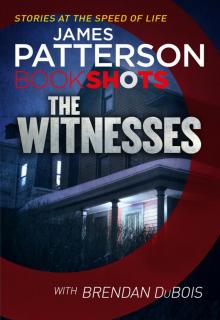 The Witnesses
The Witnesses The 9th Judgment
The 9th Judgment Against Medical Advice
Against Medical Advice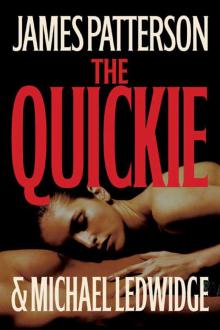 The Quickie
The Quickie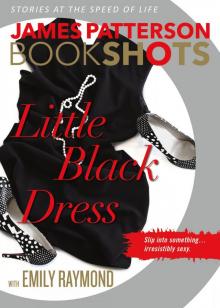 Little Black Dress
Little Black Dress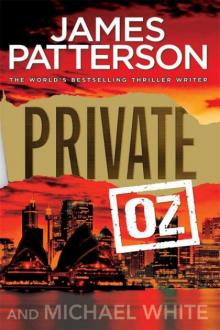 Private Oz
Private Oz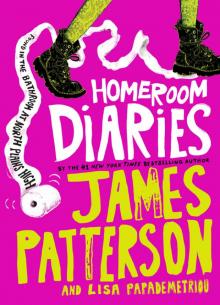 Homeroom Diaries
Homeroom Diaries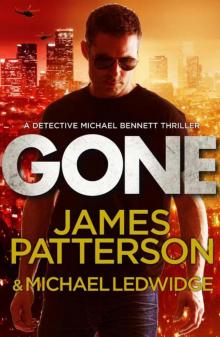 Gone
Gone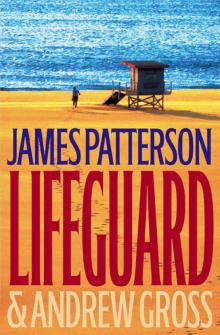 Lifeguard
Lifeguard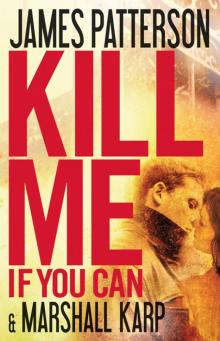 Kill Me if You Can
Kill Me if You Can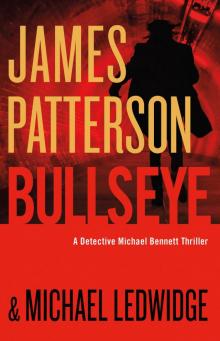 Bullseye
Bullseye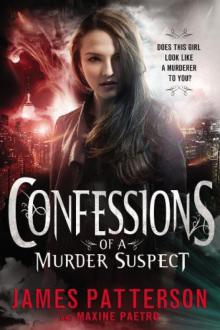 Confessions of a Murder Suspect
Confessions of a Murder Suspect Black Friday
Black Friday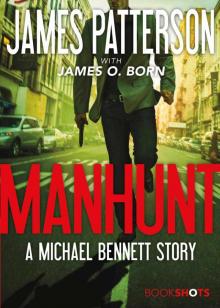 Manhunt
Manhunt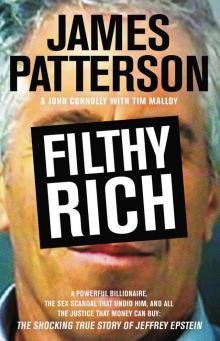 Filthy Rich
Filthy Rich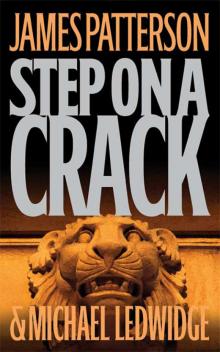 Step on a Crack
Step on a Crack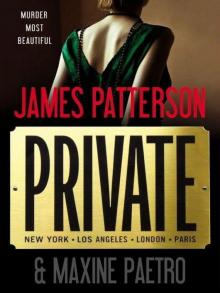 Private
Private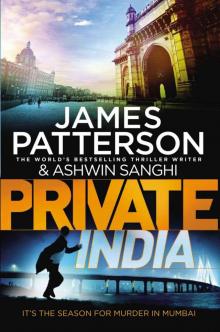 Private India
Private India Game Over
Game Over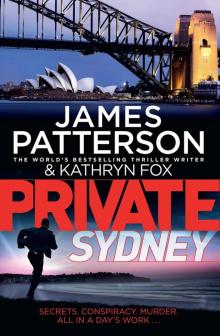 Private Sydney
Private Sydney The Murder House
The Murder House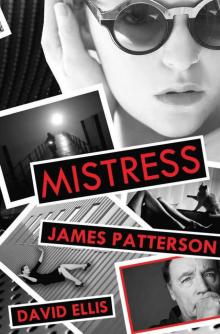 Mistress
Mistress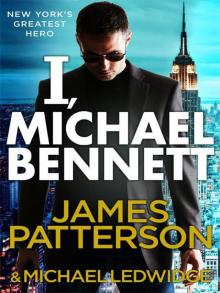 I, Michael Bennett
I, Michael Bennett The Gift
The Gift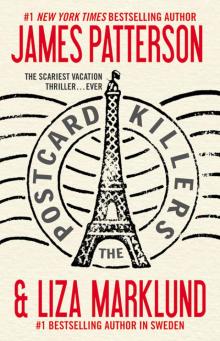 The Postcard Killers
The Postcard Killers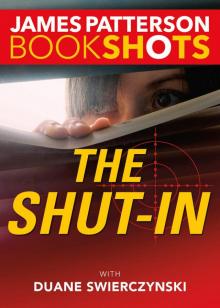 The Shut-In
The Shut-In The House Husband
The House Husband The Lost
The Lost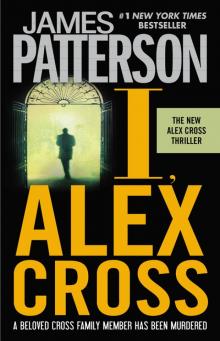 I, Alex Cross
I, Alex Cross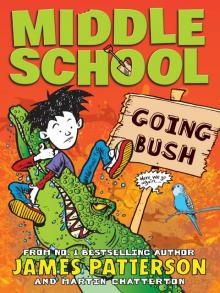 Going Bush
Going Bush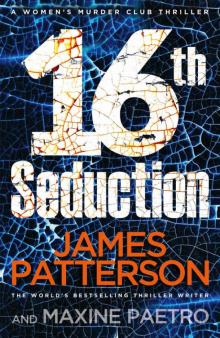 16th Seduction
16th Seduction The Jester
The Jester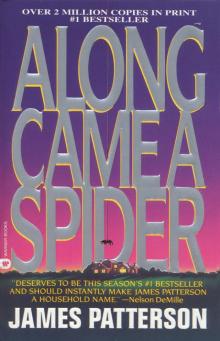 Along Came a Spider
Along Came a Spider The Lake House
The Lake House Four Blind Mice
Four Blind Mice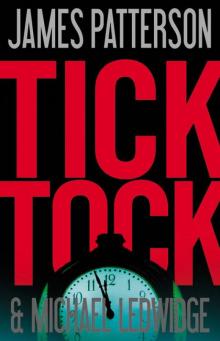 Tick Tock
Tick Tock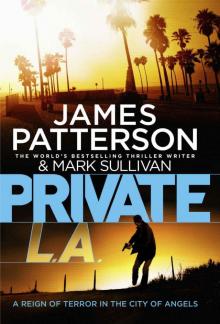 Private L.A.
Private L.A.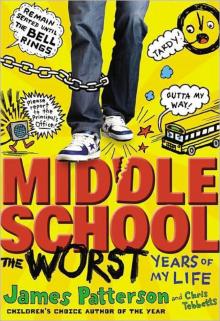 Middle School, the Worst Years of My Life
Middle School, the Worst Years of My Life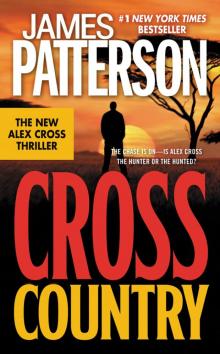 Cross Country
Cross Country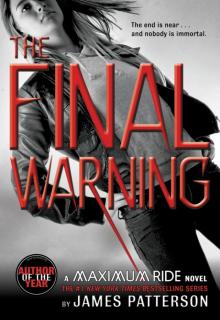 The Final Warning
The Final Warning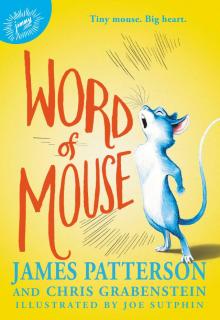 Word of Mouse
Word of Mouse Come and Get Us
Come and Get Us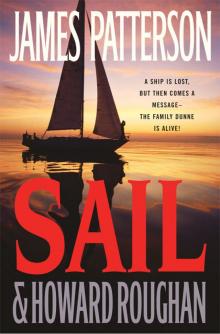 Sail
Sail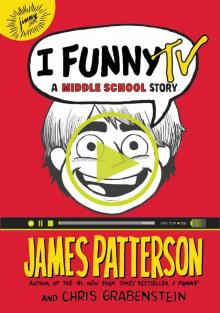 I Funny TV: A Middle School Story
I Funny TV: A Middle School Story Private London
Private London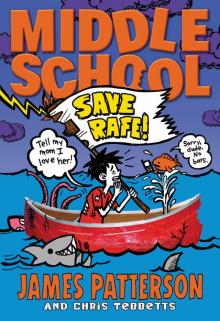 Save Rafe!
Save Rafe!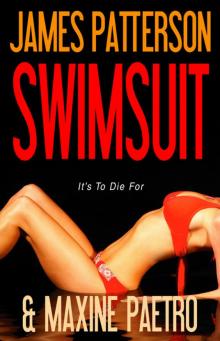 Swimsuit
Swimsuit Sam's Letters to Jennifer
Sam's Letters to Jennifer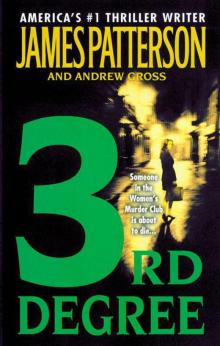 3rd Degree
3rd Degree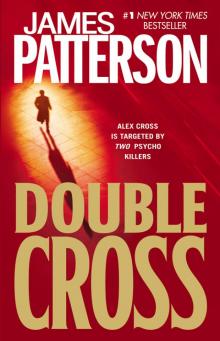 Double Cross
Double Cross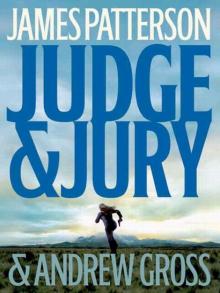 Judge & Jury
Judge & Jury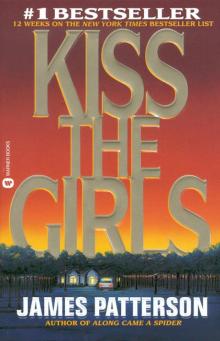 Kiss the Girls
Kiss the Girls Second Honeymoon
Second Honeymoon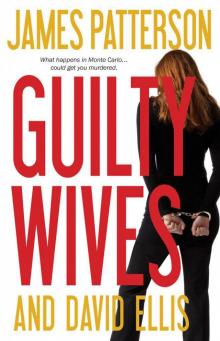 Guilty Wives
Guilty Wives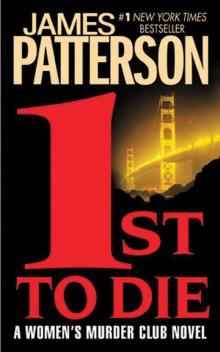 1st to Die
1st to Die NYPD Red 4
NYPD Red 4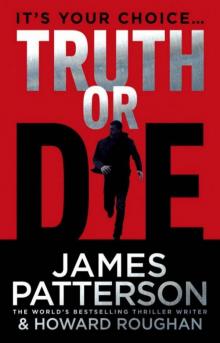 Truth or Die
Truth or Die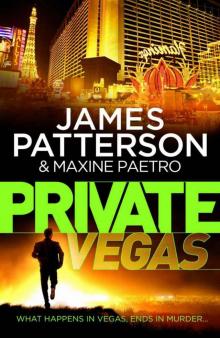 Private Vegas
Private Vegas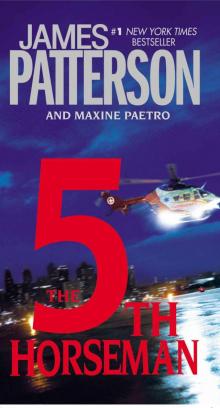 The 5th Horseman
The 5th Horseman 7th Heaven
7th Heaven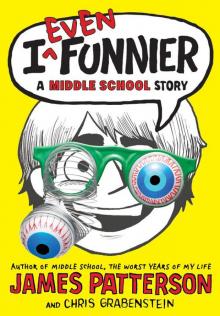 I Even Funnier
I Even Funnier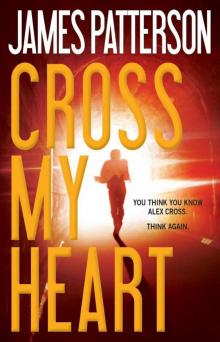 Cross My Heart
Cross My Heart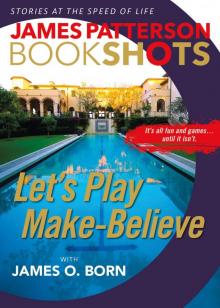 Let’s Play Make-Believe
Let’s Play Make-Believe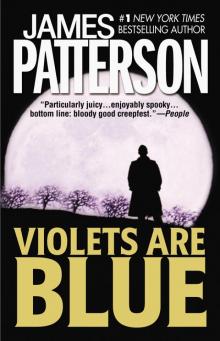 Violets Are Blue
Violets Are Blue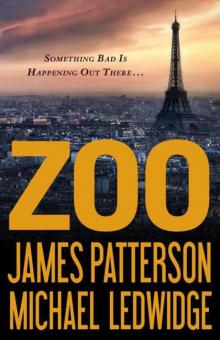 Zoo
Zoo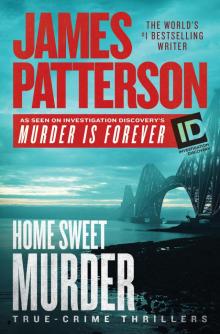 Home Sweet Murder
Home Sweet Murder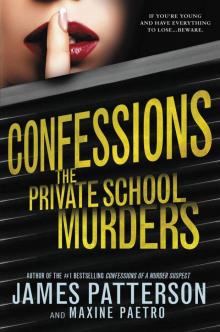 The Private School Murders
The Private School Murders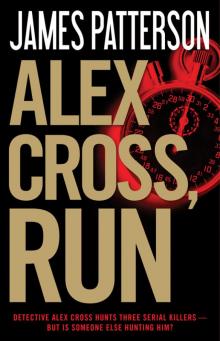 Alex Cross, Run
Alex Cross, Run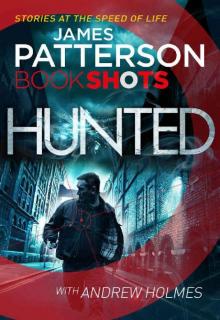 Hunted: BookShots
Hunted: BookShots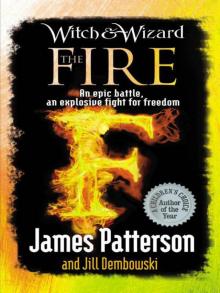 The Fire
The Fire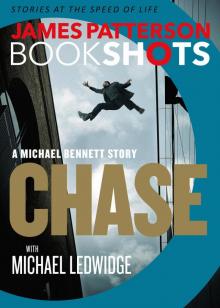 Chase
Chase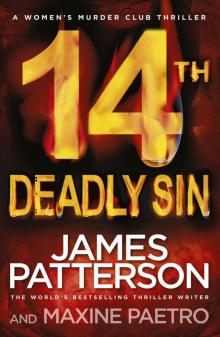 14th Deadly Sin
14th Deadly Sin Bloody Valentine
Bloody Valentine The 17th Suspect
The 17th Suspect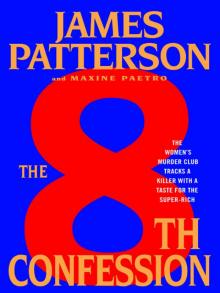 The 8th Confession
The 8th Confession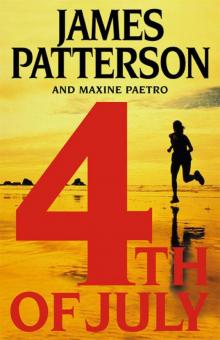 4th of July
4th of July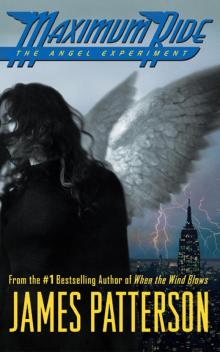 The Angel Experiment
The Angel Experiment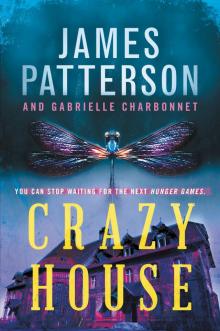 Crazy House
Crazy House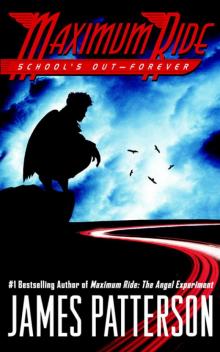 School's Out - Forever
School's Out - Forever Suzanne's Diary for Nicholas
Suzanne's Diary for Nicholas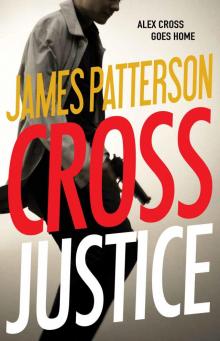 Cross Justice
Cross Justice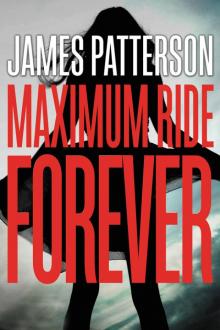 Maximum Ride Forever
Maximum Ride Forever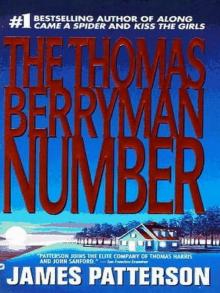 The Thomas Berryman Number
The Thomas Berryman Number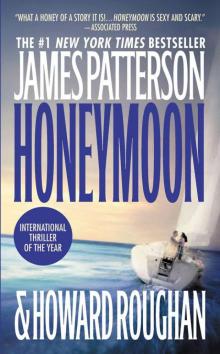 Honeymoon
Honeymoon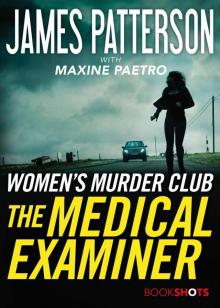 The Medical Examiner
The Medical Examiner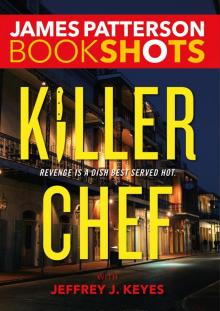 Killer Chef
Killer Chef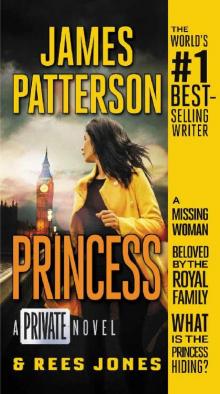 Private Princess
Private Princess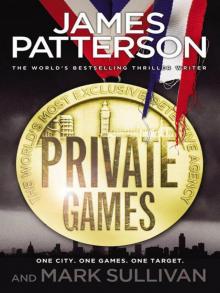 Private Games
Private Games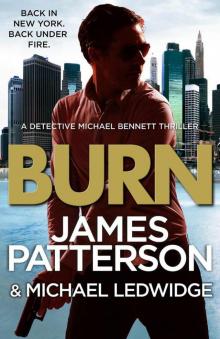 Burn
Burn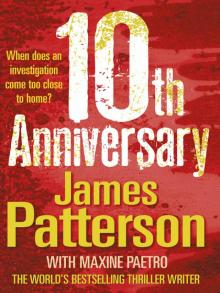 10th Anniversary
10th Anniversary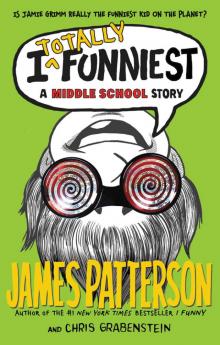 I Totally Funniest: A Middle School Story
I Totally Funniest: A Middle School Story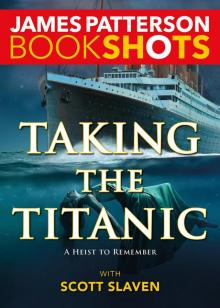 Taking the Titanic
Taking the Titanic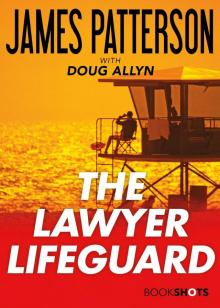 The Lawyer Lifeguard
The Lawyer Lifeguard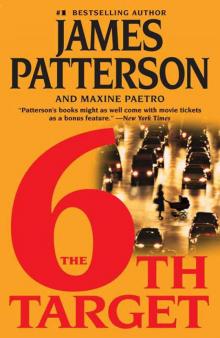 The 6th Target
The 6th Target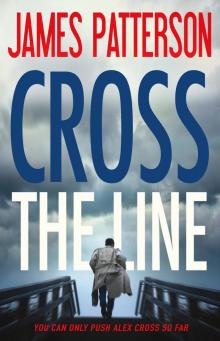 Cross the Line
Cross the Line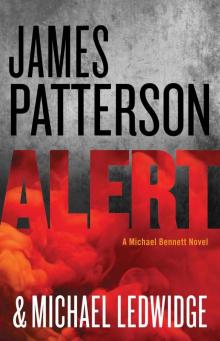 Alert
Alert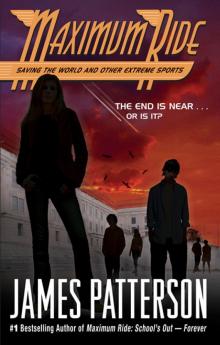 Saving the World and Other Extreme Sports
Saving the World and Other Extreme Sports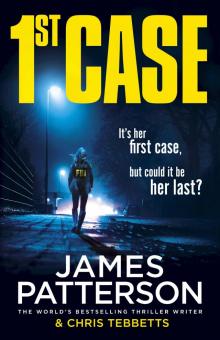 1st Case
1st Case Unlucky 13
Unlucky 13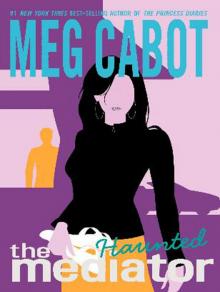 Haunted
Haunted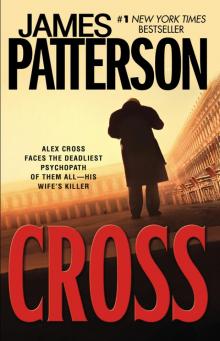 Cross
Cross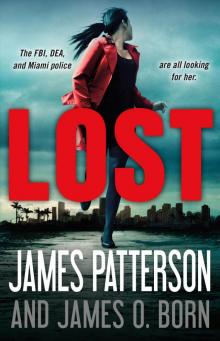 Lost
Lost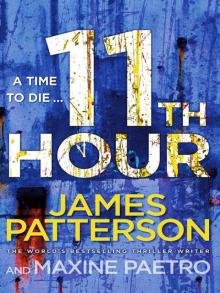 11th Hour
11th Hour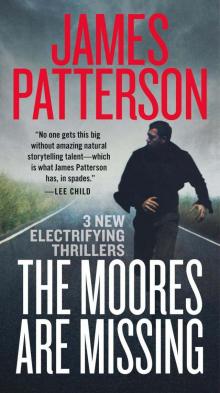 Bookshots Thriller Omnibus
Bookshots Thriller Omnibus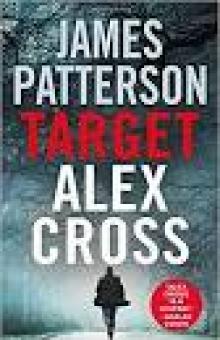 Target: Alex Cross
Target: Alex Cross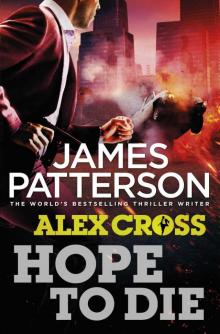 Hope to Die
Hope to Die The Noise
The Noise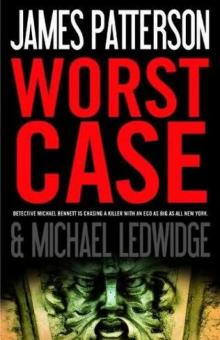 Worst Case
Worst Case Dog's Best Friend
Dog's Best Friend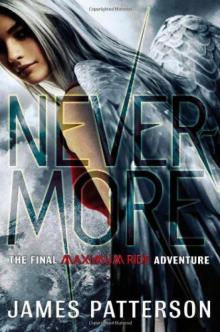 Nevermore: The Final Maximum Ride Adventure
Nevermore: The Final Maximum Ride Adventure I Funny: A Middle School Story
I Funny: A Middle School Story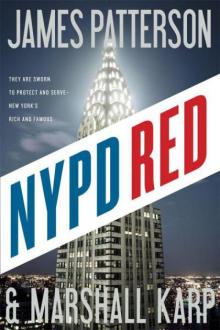 NYPD Red
NYPD Red Till Murder Do Us Part
Till Murder Do Us Part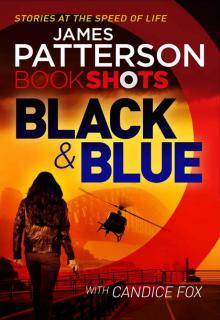 Black & Blue
Black & Blue Fang
Fang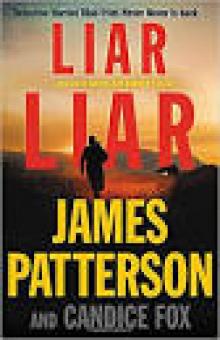 Liar Liar
Liar Liar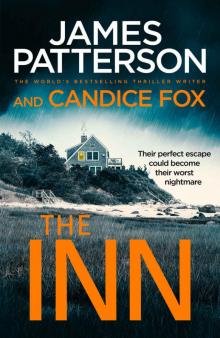 The Inn
The Inn Sundays at Tiffany's
Sundays at Tiffany's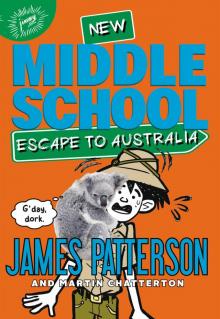 Middle School: Escape to Australia
Middle School: Escape to Australia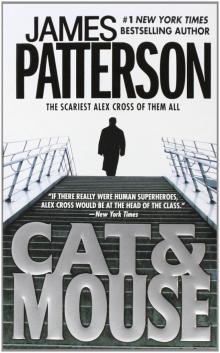 Cat and Mouse
Cat and Mouse Instinct
Instinct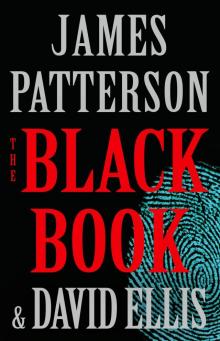 The Black Book
The Black Book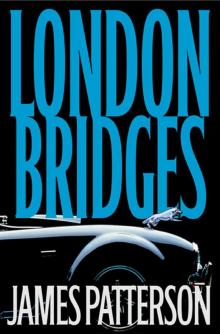 London Bridges
London Bridges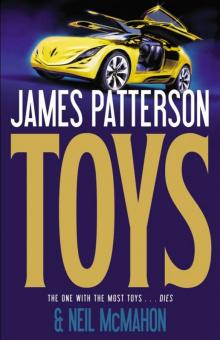 Toys
Toys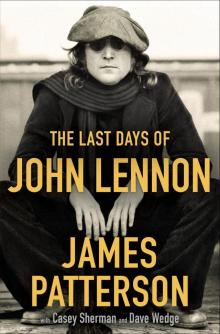 The Last Days of John Lennon
The Last Days of John Lennon Roses Are Red
Roses Are Red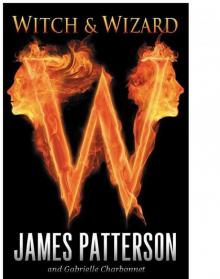 Witch & Wizard
Witch & Wizard The Dolls
The Dolls The Christmas Wedding
The Christmas Wedding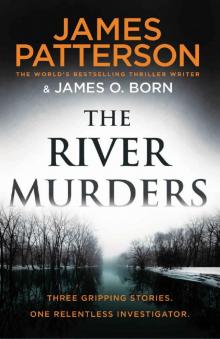 The River Murders
The River Murders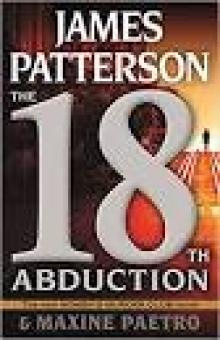 The 18th Abduction
The 18th Abduction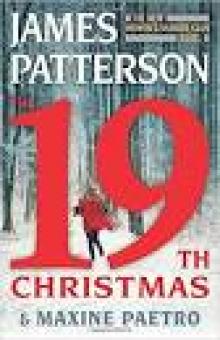 The 19th Christmas
The 19th Christmas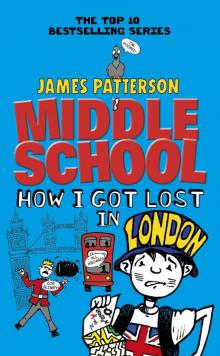 Middle School: How I Got Lost in London
Middle School: How I Got Lost in London Just My Rotten Luck
Just My Rotten Luck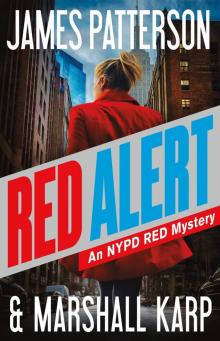 Red Alert
Red Alert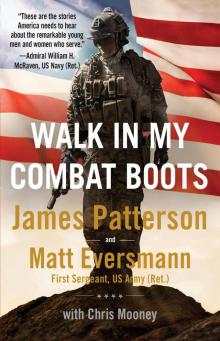 Walk in My Combat Boots
Walk in My Combat Boots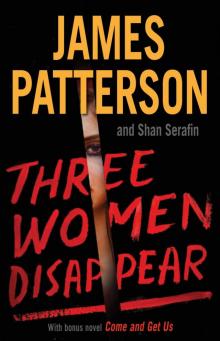 Three Women Disappear
Three Women Disappear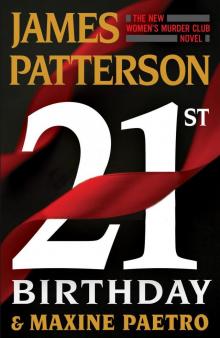 21st Birthday
21st Birthday All-American Adventure
All-American Adventure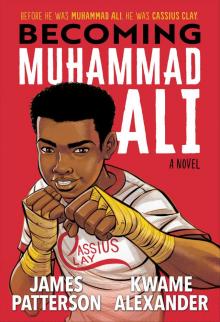 Becoming Muhammad Ali
Becoming Muhammad Ali The Murder of an Angel
The Murder of an Angel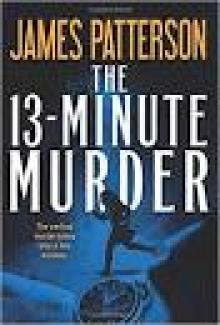 The 13-Minute Murder
The 13-Minute Murder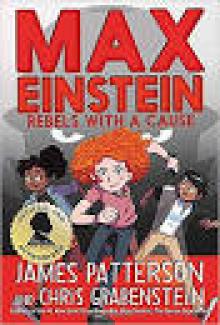 Rebels With a Cause
Rebels With a Cause The Trial
The Trial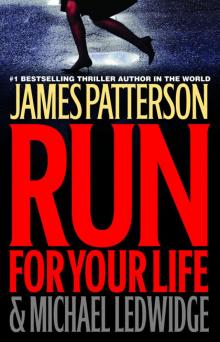 Run for Your Life
Run for Your Life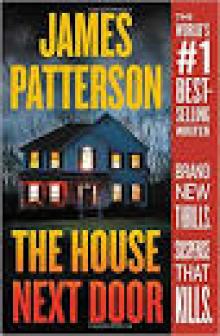 The House Next Door
The House Next Door NYPD Red 2
NYPD Red 2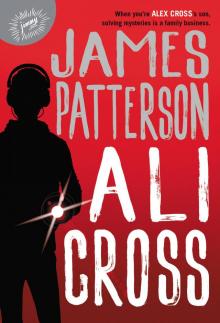 Ali Cross
Ali Cross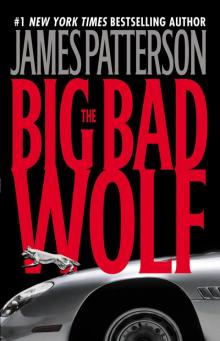 The Big Bad Wolf
The Big Bad Wolf Middle School: My Brother Is a Big, Fat Liar
Middle School: My Brother Is a Big, Fat Liar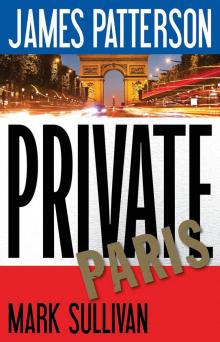 Private Paris
Private Paris Miracle on the 17th Green
Miracle on the 17th Green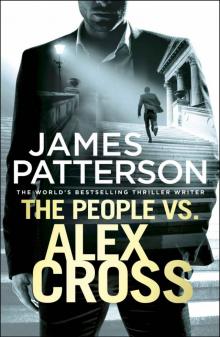 The People vs. Alex Cross
The People vs. Alex Cross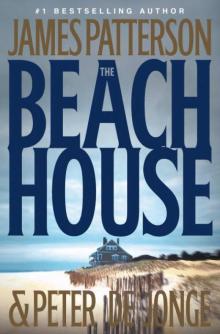 The Beach House
The Beach House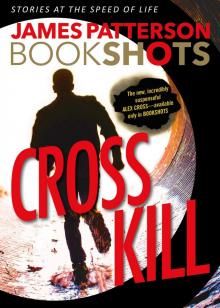 Cross Kill
Cross Kill Dog Diaries
Dog Diaries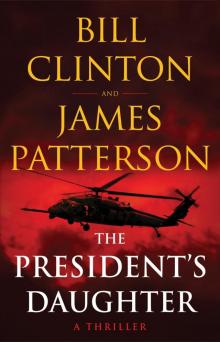 The President's Daughter
The President's Daughter Happy Howlidays
Happy Howlidays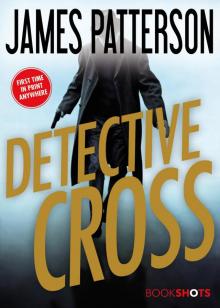 Detective Cross
Detective Cross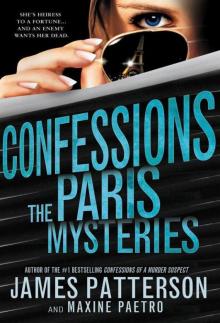 The Paris Mysteries
The Paris Mysteries Watch the Skies
Watch the Skies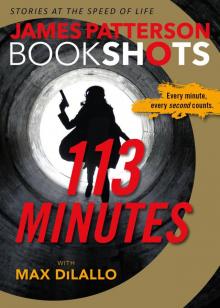 113 Minutes
113 Minutes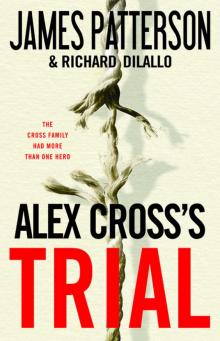 Alex Cross's Trial
Alex Cross's Trial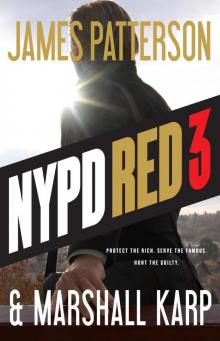 NYPD Red 3
NYPD Red 3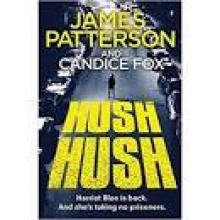 Hush Hush
Hush Hush Now You See Her
Now You See Her Merry Christmas, Alex Cross
Merry Christmas, Alex Cross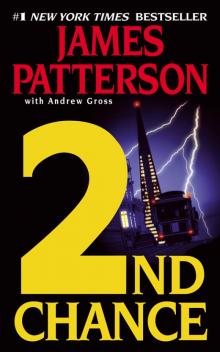 2nd Chance
2nd Chance Private Royals
Private Royals Two From the Heart
Two From the Heart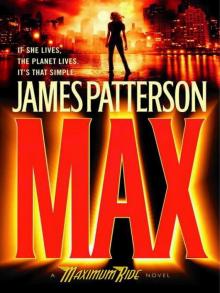 Max
Max I, Funny
I, Funny Blindside (Michael Bennett)
Blindside (Michael Bennett) Sophia, Princess Among Beasts
Sophia, Princess Among Beasts Armageddon
Armageddon Don't Blink
Don't Blink NYPD Red 6
NYPD Red 6 The First Lady
The First Lady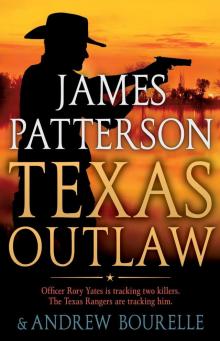 Texas Outlaw
Texas Outlaw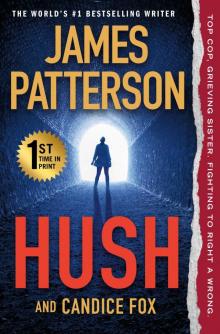 Hush
Hush Beach Road
Beach Road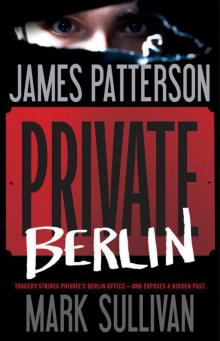 Private Berlin
Private Berlin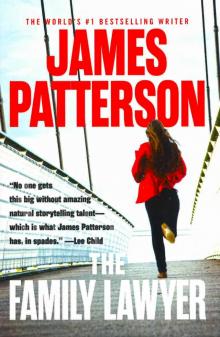 The Family Lawyer
The Family Lawyer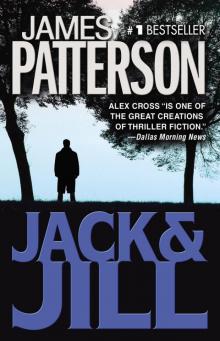 Jack & Jill
Jack & Jill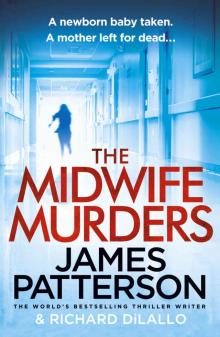 The Midwife Murders
The Midwife Murders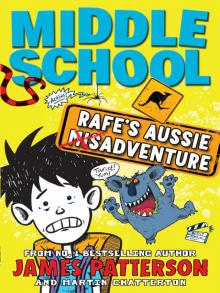 Middle School: Rafe's Aussie Adventure
Middle School: Rafe's Aussie Adventure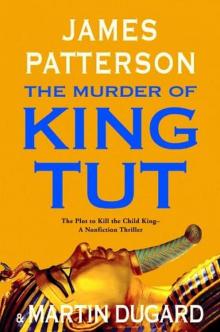 The Murder of King Tut: The Plot to Kill the Child King
The Murder of King Tut: The Plot to Kill the Child King First Love
First Love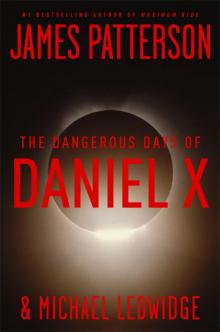 The Dangerous Days of Daniel X
The Dangerous Days of Daniel X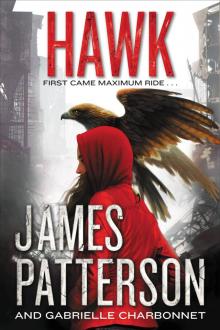 Hawk
Hawk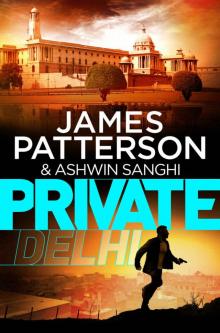 Private Delhi
Private Delhi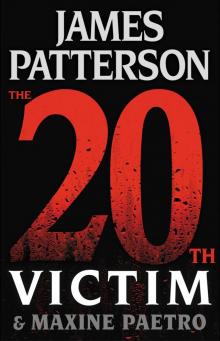 The 20th Victim
The 20th Victim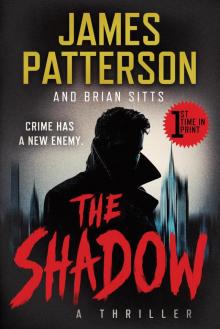 The Shadow
The Shadow Katt vs. Dogg
Katt vs. Dogg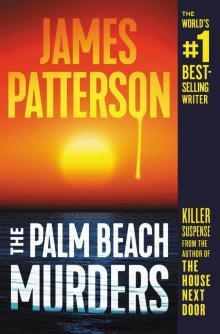 The Palm Beach Murders
The Palm Beach Murders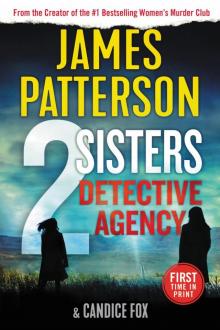 2 Sisters Detective Agency
2 Sisters Detective Agency Humans, Bow Down
Humans, Bow Down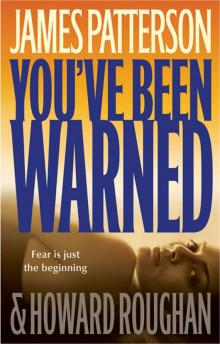 You've Been Warned
You've Been Warned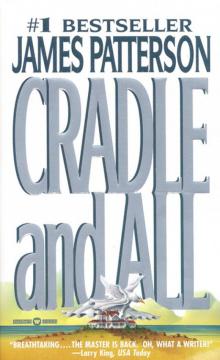 Cradle and All
Cradle and All 20th Victim: (Women’s Murder Club 20) (Women's Murder Club)
20th Victim: (Women’s Murder Club 20) (Women's Murder Club)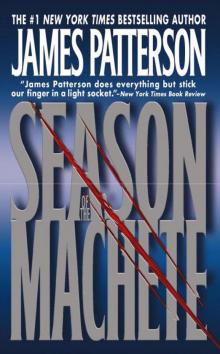 Season of the Machete
Season of the Machete Woman of God
Woman of God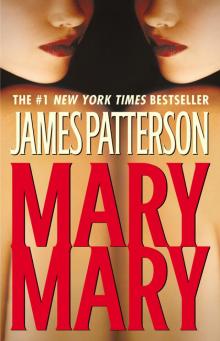 Mary, Mary
Mary, Mary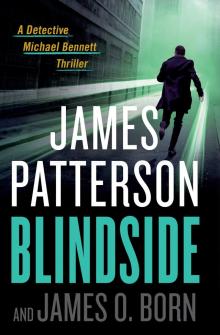 Blindside
Blindside Invisible
Invisible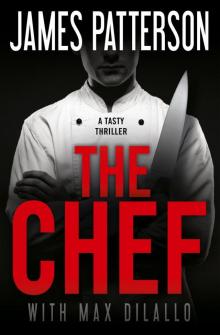 The Chef
The Chef Revenge
Revenge See How They Run
See How They Run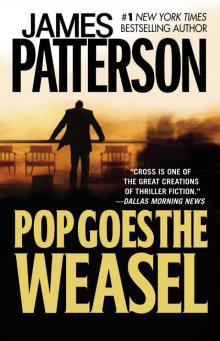 Pop Goes the Weasel
Pop Goes the Weasel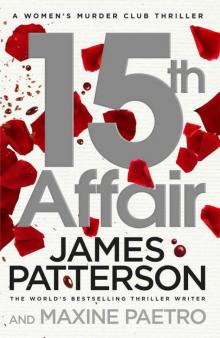 15th Affair
15th Affair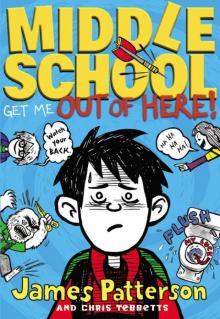 Middle School: Get Me Out of Here!
Middle School: Get Me Out of Here!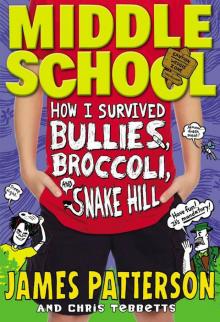 Middle School: How I Survived Bullies, Broccoli, and Snake Hill
Middle School: How I Survived Bullies, Broccoli, and Snake Hill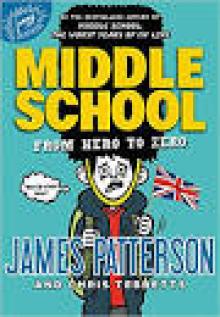 From Hero to Zero - Chris Tebbetts
From Hero to Zero - Chris Tebbetts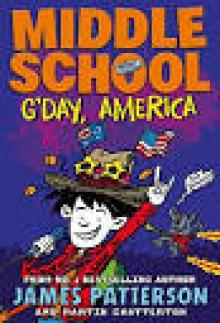 G'day, America
G'day, America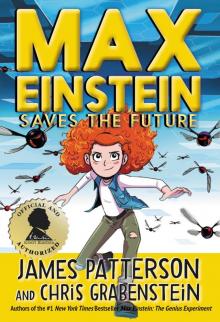 Max Einstein Saves the Future
Max Einstein Saves the Future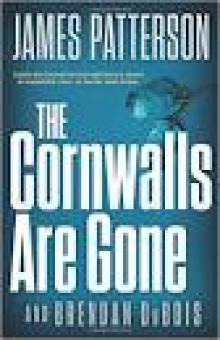 The Cornwalls Are Gone
The Cornwalls Are Gone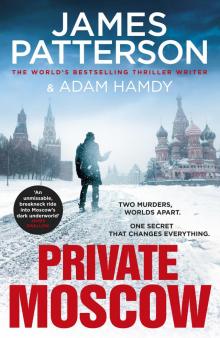 Private Moscow
Private Moscow Two Schools Out - Forever
Two Schools Out - Forever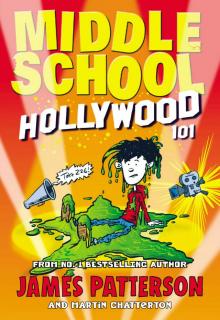 Hollywood 101
Hollywood 101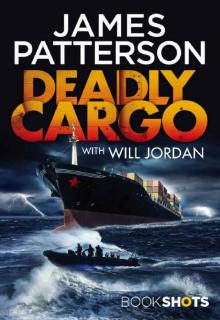 Deadly Cargo: BookShots
Deadly Cargo: BookShots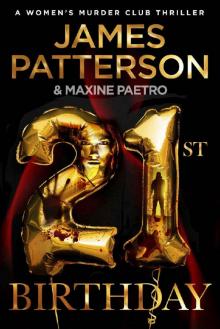 21st Birthday (Women's Murder Club)
21st Birthday (Women's Murder Club) The Sky Is Falling
The Sky Is Falling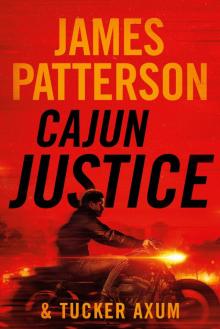 Cajun Justice
Cajun Justice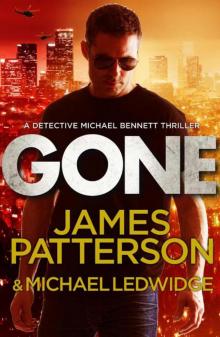 Bennett 06 - Gone
Bennett 06 - Gone The House of Kennedy
The House of Kennedy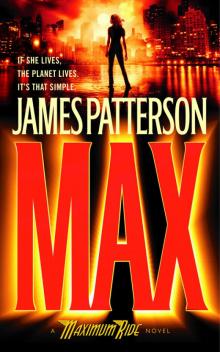 Waterwings
Waterwings Murder is Forever, Volume 2
Murder is Forever, Volume 2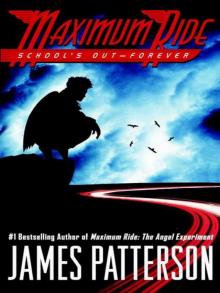 Maximum Ride 02
Maximum Ride 02 Treasure Hunters--The Plunder Down Under
Treasure Hunters--The Plunder Down Under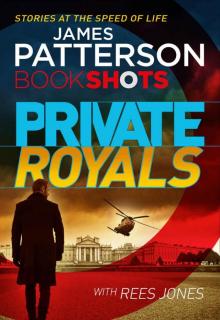 Private Royals: BookShots (A Private Thriller)
Private Royals: BookShots (A Private Thriller) After the End
After the End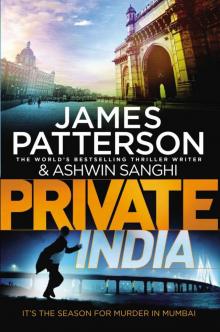 Private India: (Private 8)
Private India: (Private 8) Escape to Australia
Escape to Australia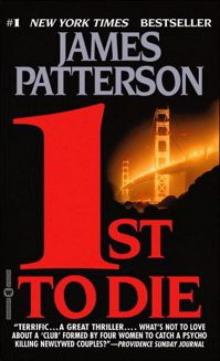 WMC - First to Die
WMC - First to Die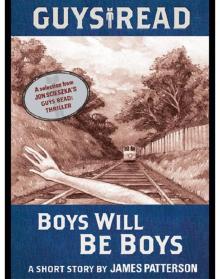 Boys Will Be Boys
Boys Will Be Boys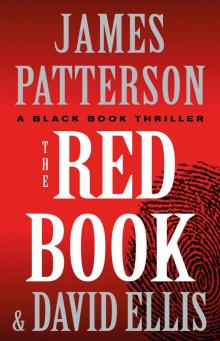 The Red Book
The Red Book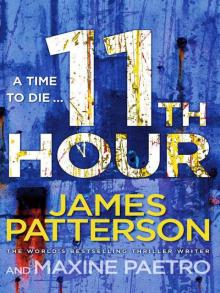 11th hour wmc-11
11th hour wmc-11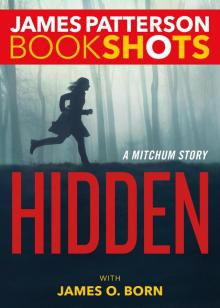 Hidden
Hidden You've Been Warned--Again
You've Been Warned--Again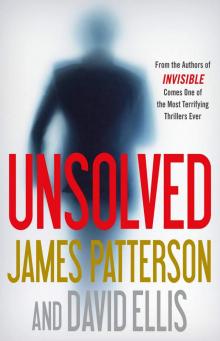 Unsolved
Unsolved Pottymouth and Stoopid
Pottymouth and Stoopid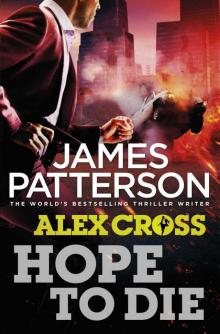 Hope to Die: (Alex Cross 22)
Hope to Die: (Alex Cross 22) The Moores Are Missing
The Moores Are Missing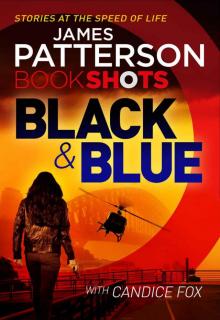 Black & Blue: BookShots (Detective Harriet Blue Series)
Black & Blue: BookShots (Detective Harriet Blue Series)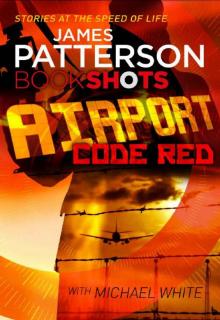 Airport - Code Red: BookShots
Airport - Code Red: BookShots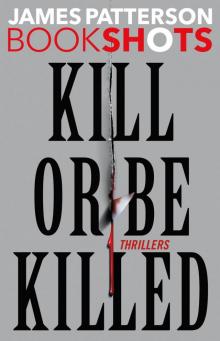 Kill or Be Killed
Kill or Be Killed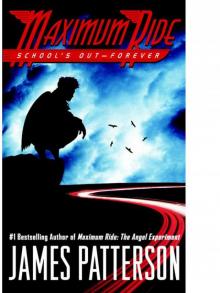 School's Out--Forever
School's Out--Forever When the Wind Blows
When the Wind Blows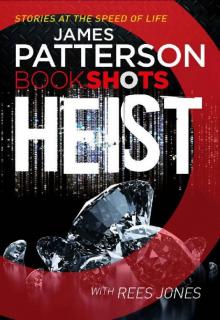 Heist: BookShots
Heist: BookShots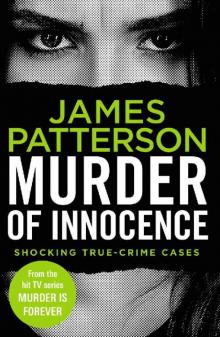 Murder of Innocence (Murder Is Forever)
Murder of Innocence (Murder Is Forever)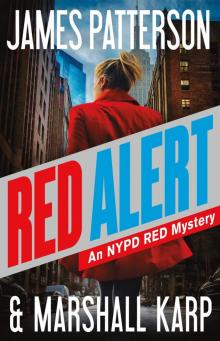 Red Alert_An NYPD Red Mystery
Red Alert_An NYPD Red Mystery Malicious
Malicious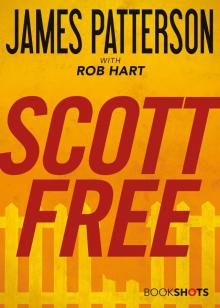 Scott Free
Scott Free The Summer House
The Summer House French Kiss
French Kiss Treasure Hunters
Treasure Hunters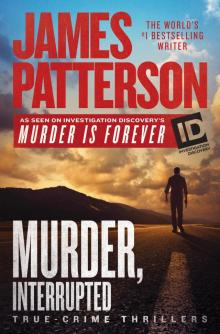 Murder Is Forever, Volume 1
Murder Is Forever, Volume 1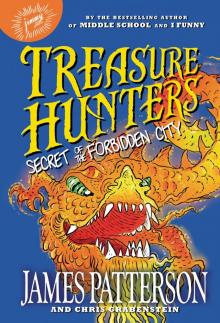 Secret of the Forbidden City
Secret of the Forbidden City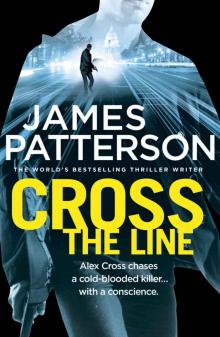 Cross the Line: (Alex Cross 24)
Cross the Line: (Alex Cross 24)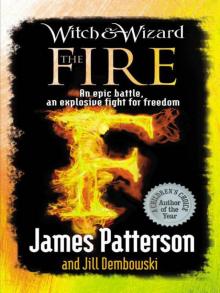 Witch & Wizard: The Fire
Witch & Wizard: The Fire![Women's Murder Club [06] The 6th Target Read online](http://i1.bookreadfree.com/i/03/24/womens_murder_club_06_the_6th_target_preview.jpg) Women's Murder Club [06] The 6th Target
Women's Murder Club [06] The 6th Target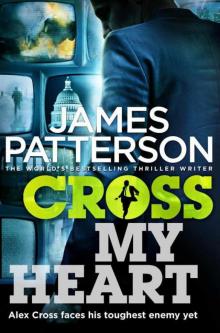 Cross My Heart ac-21
Cross My Heart ac-21 Alex Cross’s Trial ак-15
Alex Cross’s Trial ак-15 Alex Cross 03 - Jack & Jill
Alex Cross 03 - Jack & Jill Liar Liar: (Harriet Blue 3) (Detective Harriet Blue Series)
Liar Liar: (Harriet Blue 3) (Detective Harriet Blue Series) Cross Country ак-14
Cross Country ак-14 Honeymoon h-1
Honeymoon h-1 Maximum Ride: The Angel Experiment
Maximum Ride: The Angel Experiment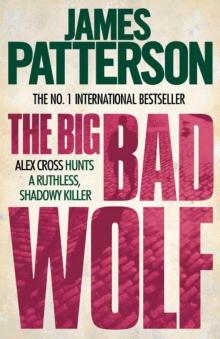 The Big Bad Wolf ак-9
The Big Bad Wolf ак-9 Dead Heat: BookShots (Book Shots)
Dead Heat: BookShots (Book Shots)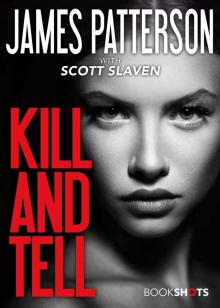 Kill and Tell
Kill and Tell Avalanche
Avalanche Robot Revolution
Robot Revolution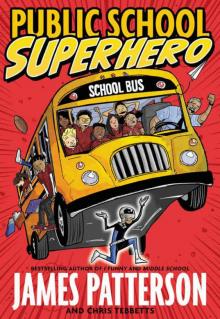 Public School Superhero
Public School Superhero 12th of Never
12th of Never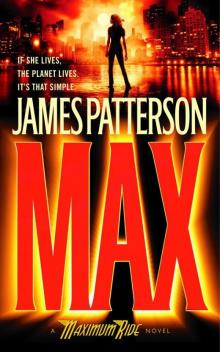 Max: A Maximum Ride Novel
Max: A Maximum Ride Novel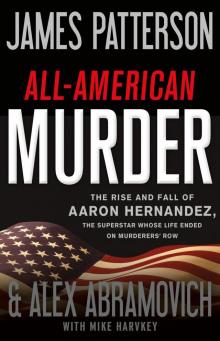 All-American Murder
All-American Murder Murder Games
Murder Games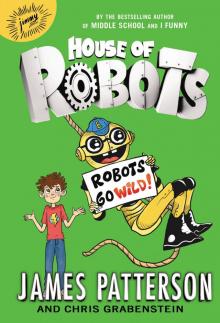 Robots Go Wild!
Robots Go Wild!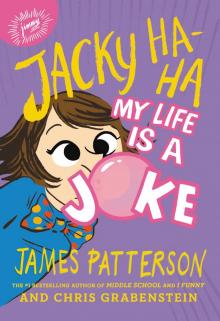 My Life Is a Joke
My Life Is a Joke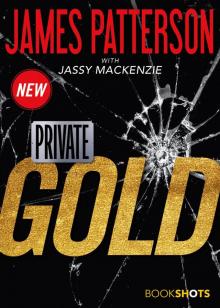 Private: Gold
Private: Gold Demons and Druids
Demons and Druids Jacky Ha-Ha
Jacky Ha-Ha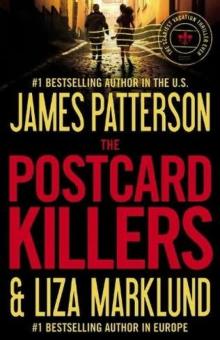 Postcard killers
Postcard killers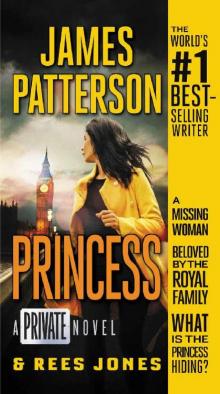 Princess: A Private Novel
Princess: A Private Novel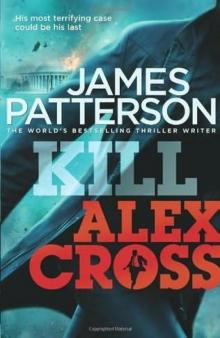 Kill Alex Cross ac-18
Kill Alex Cross ac-18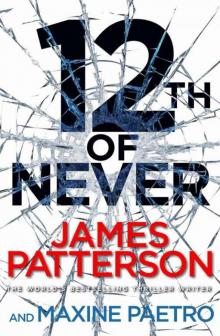 12th of Never wmc-12
12th of Never wmc-12 The Murder of King Tut
The Murder of King Tut I Totally Funniest
I Totally Funniest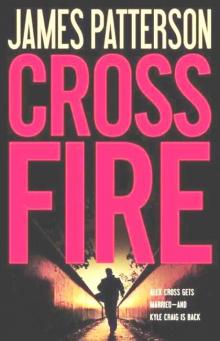 Cross Fire ак-17
Cross Fire ак-17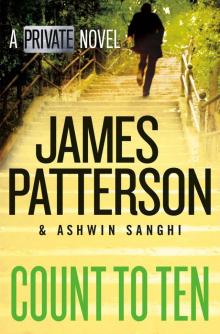 Count to Ten
Count to Ten![Women's Murder Club [10] 10th Anniversary Read online](http://i1.bookreadfree.com/i1/03/30/womens_murder_club_10_10th_anniversary_preview.jpg) Women's Murder Club [10] 10th Anniversary
Women's Murder Club [10] 10th Anniversary![Women's Murder Club [01] 1st to Die Read online](http://i1.bookreadfree.com/i1/03/31/womens_murder_club_01_1st_to_die_preview.jpg) Women's Murder Club [01] 1st to Die
Women's Murder Club [01] 1st to Die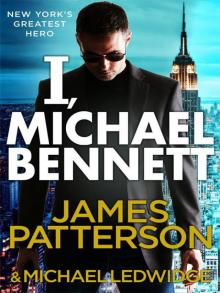 I, Michael Bennett mb-5
I, Michael Bennett mb-5 Nooners
Nooners![Women's Murder Club [08] The 8th Confession Read online](http://i1.bookreadfree.com/i1/04/03/womens_murder_club_08_the_8th_confession_preview.jpg) Women's Murder Club [08] The 8th Confession
Women's Murder Club [08] The 8th Confession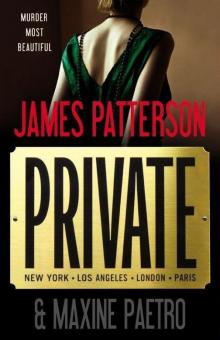 Private jm-1
Private jm-1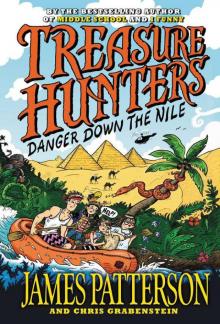 Treasure Hunters: Danger Down the Nile
Treasure Hunters: Danger Down the Nile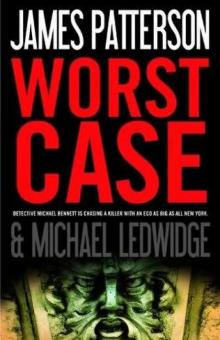 Worst Case mb-3
Worst Case mb-3 Don’t Blink
Don’t Blink The Games
The Games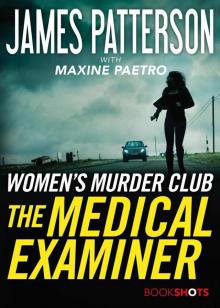 The Medical Examiner: A Women's Murder Club Story
The Medical Examiner: A Women's Murder Club Story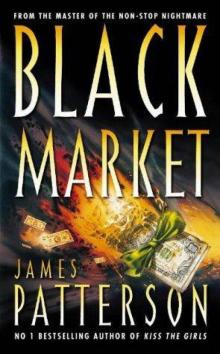 Black Market
Black Market Gone mb-6
Gone mb-6![Women's Murder Club [02] 2nd Chance Read online](http://i1.bookreadfree.com/i1/04/04/womens_murder_club_02_2nd_chance_preview.jpg) Women's Murder Club [02] 2nd Chance
Women's Murder Club [02] 2nd Chance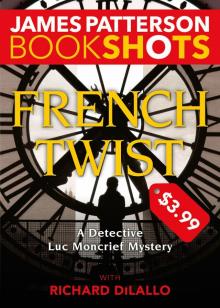 French Twist
French Twist Kenny Wright
Kenny Wright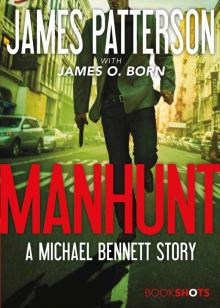 Manhunt: A Michael Bennett Story
Manhunt: A Michael Bennett Story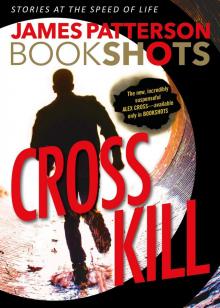 Cross Kill: An Alex Cross Story
Cross Kill: An Alex Cross Story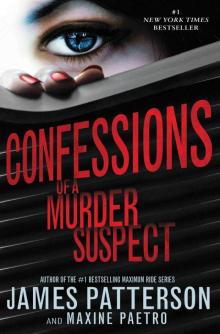 Confessions of a Murder Suspect td-1
Confessions of a Murder Suspect td-1 Second Honeymoon h-2
Second Honeymoon h-2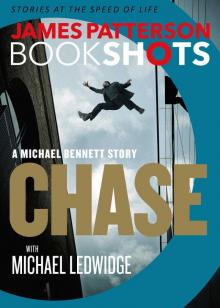 Chase_A BookShot_A Michael Bennett Story
Chase_A BookShot_A Michael Bennett Story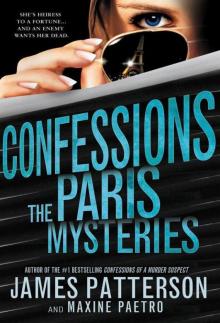 Confessions: The Paris Mysteries
Confessions: The Paris Mysteries![Women's Murder Club [09] The 9th Judgment Read online](http://i1.bookreadfree.com/i2/04/08/womens_murder_club_09_the_9th_judgment_preview.jpg) Women's Murder Club [09] The 9th Judgment
Women's Murder Club [09] The 9th Judgment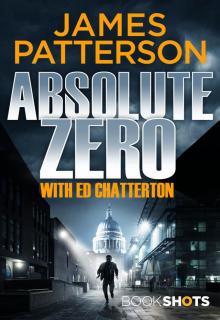 Absolute Zero
Absolute Zero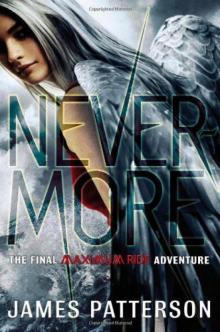 Nevermore: The Final Maximum Ride Adventure mr-8
Nevermore: The Final Maximum Ride Adventure mr-8 Angel: A Maximum Ride Novel mr-7
Angel: A Maximum Ride Novel mr-7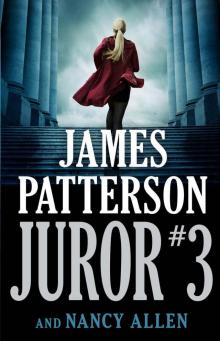 Juror #3
Juror #3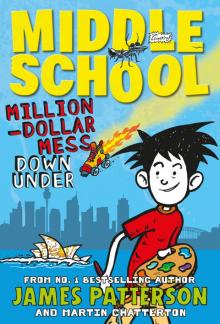 Million-Dollar Mess Down Under
Million-Dollar Mess Down Under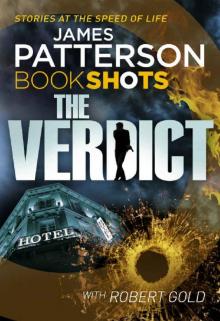 The Verdict: BookShots (A Jon Roscoe Thriller)
The Verdict: BookShots (A Jon Roscoe Thriller)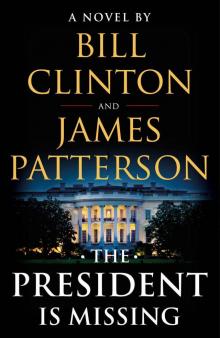 The President Is Missing: A Novel
The President Is Missing: A Novel![Women's Murder Club [04] 4th of July Read online](http://i1.bookreadfree.com/i2/04/06/womens_murder_club_04_4th_of_july_preview.jpg) Women's Murder Club [04] 4th of July
Women's Murder Club [04] 4th of July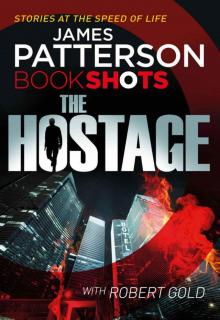 The Hostage: BookShots (Hotel Series)
The Hostage: BookShots (Hotel Series) $10,000,000 Marriage Proposal
$10,000,000 Marriage Proposal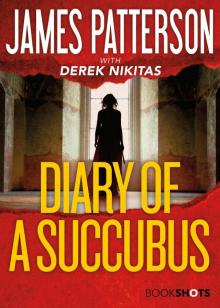 Diary of a Succubus
Diary of a Succubus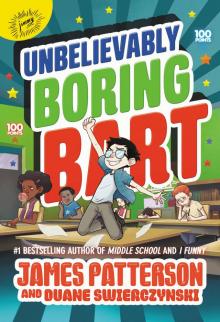 Unbelievably Boring Bart
Unbelievably Boring Bart Angel: A Maximum Ride Novel
Angel: A Maximum Ride Novel Stingrays
Stingrays Confessions: The Private School Murders
Confessions: The Private School Murders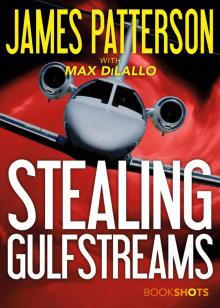 Stealing Gulfstreams
Stealing Gulfstreams![Women's Murder Club [05] The 5th Horseman Read online](http://i1.bookreadfree.com/i2/04/05/womens_murder_club_05_the_5th_horseman_preview.jpg) Women's Murder Club [05] The 5th Horseman
Women's Murder Club [05] The 5th Horseman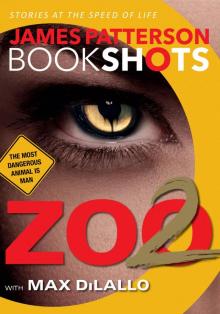 Zoo 2
Zoo 2 Jack Morgan 02 - Private London
Jack Morgan 02 - Private London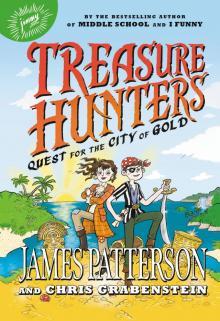 Treasure Hunters--Quest for the City of Gold
Treasure Hunters--Quest for the City of Gold The Christmas Mystery
The Christmas Mystery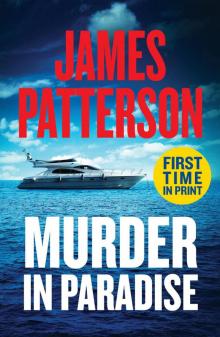 Murder in Paradise
Murder in Paradise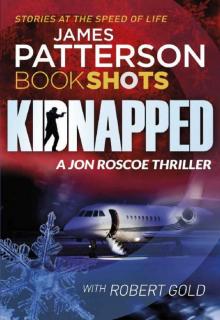 Kidnapped: BookShots (A Jon Roscoe Thriller)
Kidnapped: BookShots (A Jon Roscoe Thriller) Triple Homicide_Thrillers
Triple Homicide_Thrillers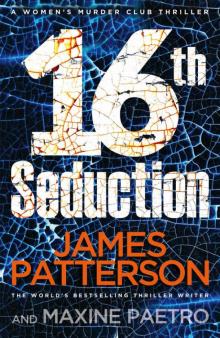 16th Seduction: (Women’s Murder Club 16) (Women's Murder Club)
16th Seduction: (Women’s Murder Club 16) (Women's Murder Club)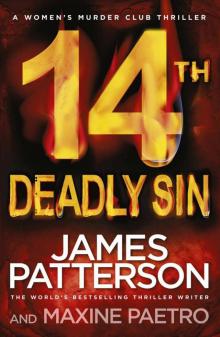 14th Deadly Sin: (Women’s Murder Club 14)
14th Deadly Sin: (Women’s Murder Club 14)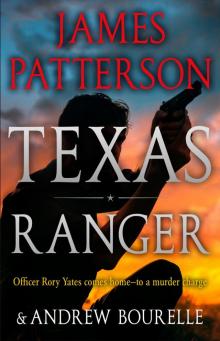 Texas Ranger
Texas Ranger Witch & Wizard 04 - The Kiss
Witch & Wizard 04 - The Kiss![Women's Murder Club [03] 3rd Degree Read online](http://i1.bookreadfree.com/i2/04/12/womens_murder_club_03_3rd_degree_preview.jpg) Women's Murder Club [03] 3rd Degree
Women's Murder Club [03] 3rd Degree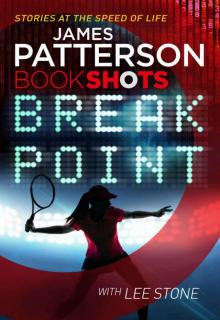 Break Point: BookShots
Break Point: BookShots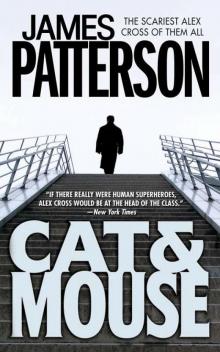 Alex Cross 04 - Cat & Mouse
Alex Cross 04 - Cat & Mouse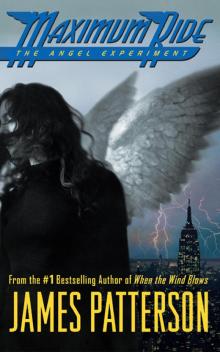 Maximum Ride
Maximum Ride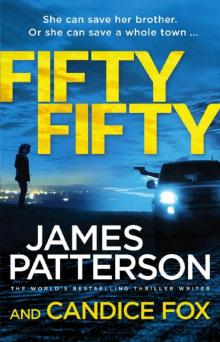 Fifty Fifty: (Harriet Blue 2) (Detective Harriet Blue Series)
Fifty Fifty: (Harriet Blue 2) (Detective Harriet Blue Series) Alex Cross 02 - Kiss the Girls
Alex Cross 02 - Kiss the Girls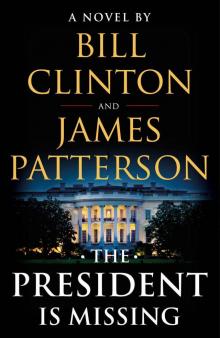 The President Is Missing
The President Is Missing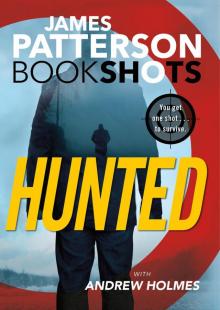 Hunted
Hunted House of Robots
House of Robots Dangerous Days of Daniel X
Dangerous Days of Daniel X Tick Tock mb-4
Tick Tock mb-4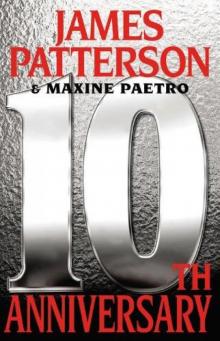 10th Anniversary wmc-10
10th Anniversary wmc-10 The Exile
The Exile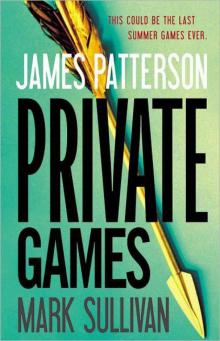 Private Games-Jack Morgan 4 jm-4
Private Games-Jack Morgan 4 jm-4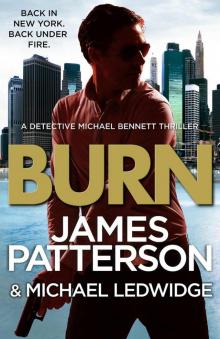 Burn: (Michael Bennett 7)
Burn: (Michael Bennett 7)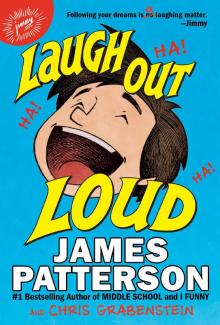 Laugh Out Loud
Laugh Out Loud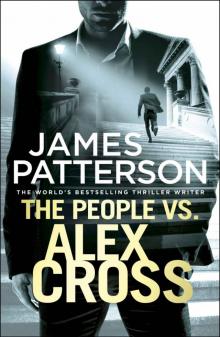 The People vs. Alex Cross: (Alex Cross 25)
The People vs. Alex Cross: (Alex Cross 25)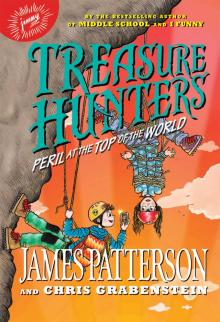 Peril at the Top of the World
Peril at the Top of the World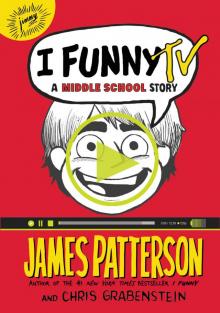 I Funny TV
I Funny TV Merry Christmas, Alex Cross ac-19
Merry Christmas, Alex Cross ac-19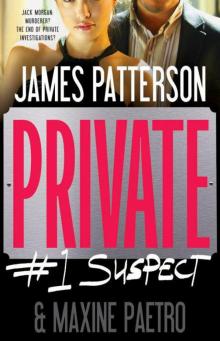 #1 Suspect jm-3
#1 Suspect jm-3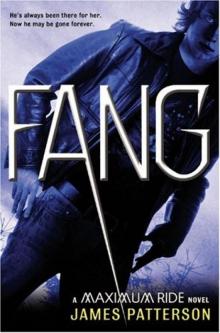 Fang: A Maximum Ride Novel
Fang: A Maximum Ride Novel![Women's Murder Club [07] 7th Heaven Read online](http://i1.bookreadfree.com/i2/04/13/womens_murder_club_07_7th_heaven_preview.jpg) Women's Murder Club [07] 7th Heaven
Women's Murder Club [07] 7th Heaven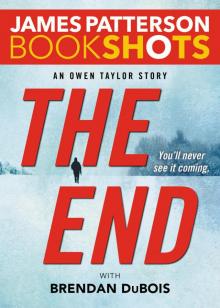 The End
The End